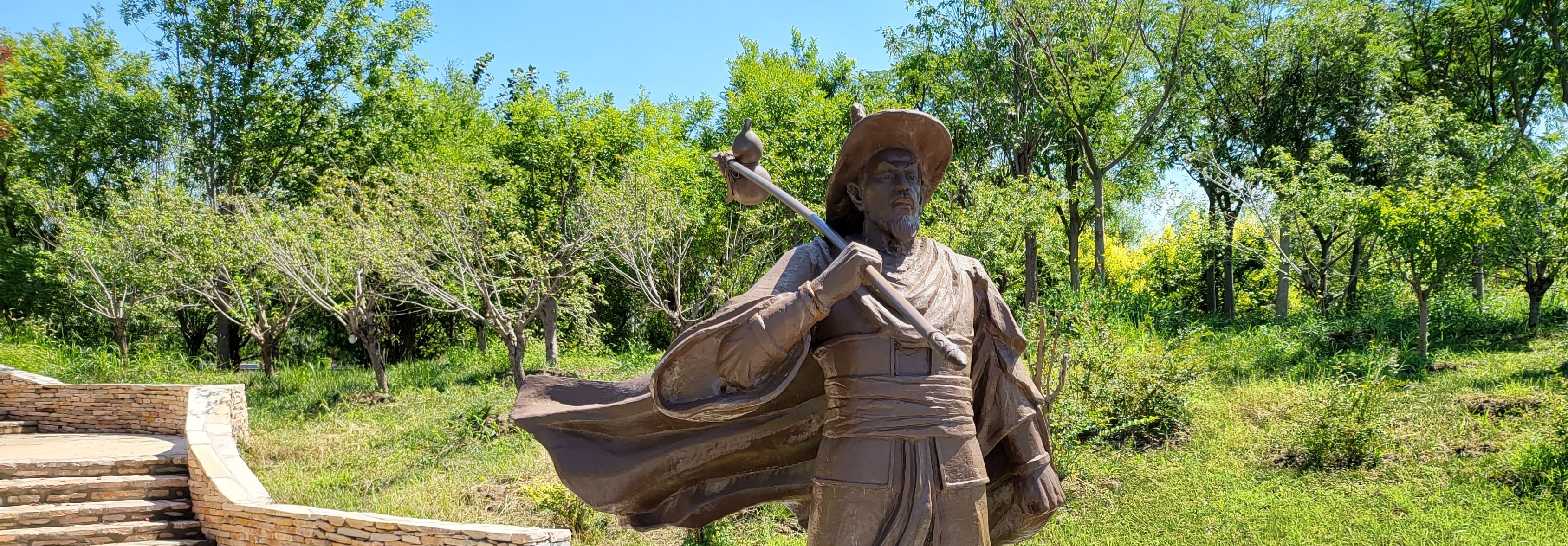Virtual Butterflies on Sentosa
Diterbitkan: 23.11.2024
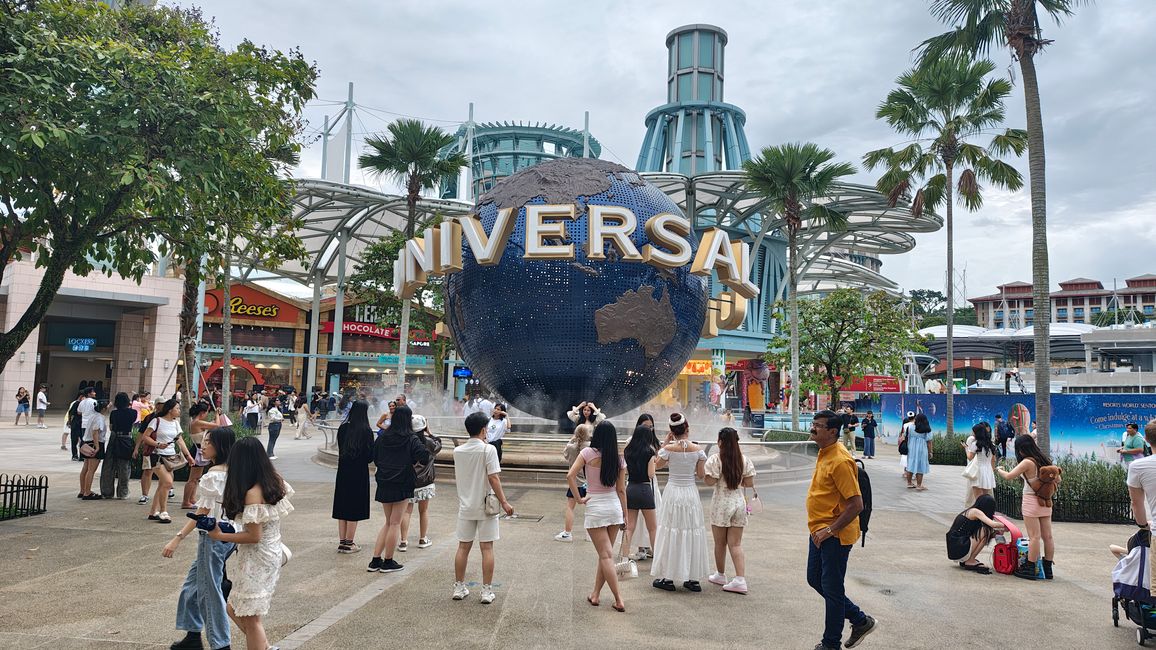
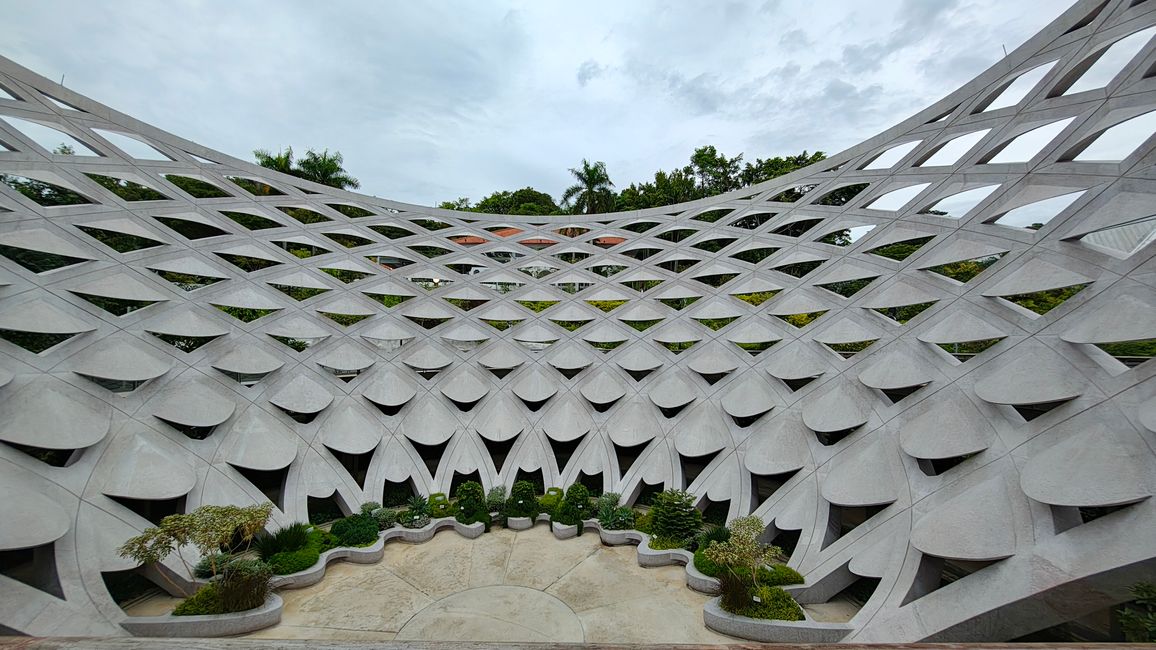
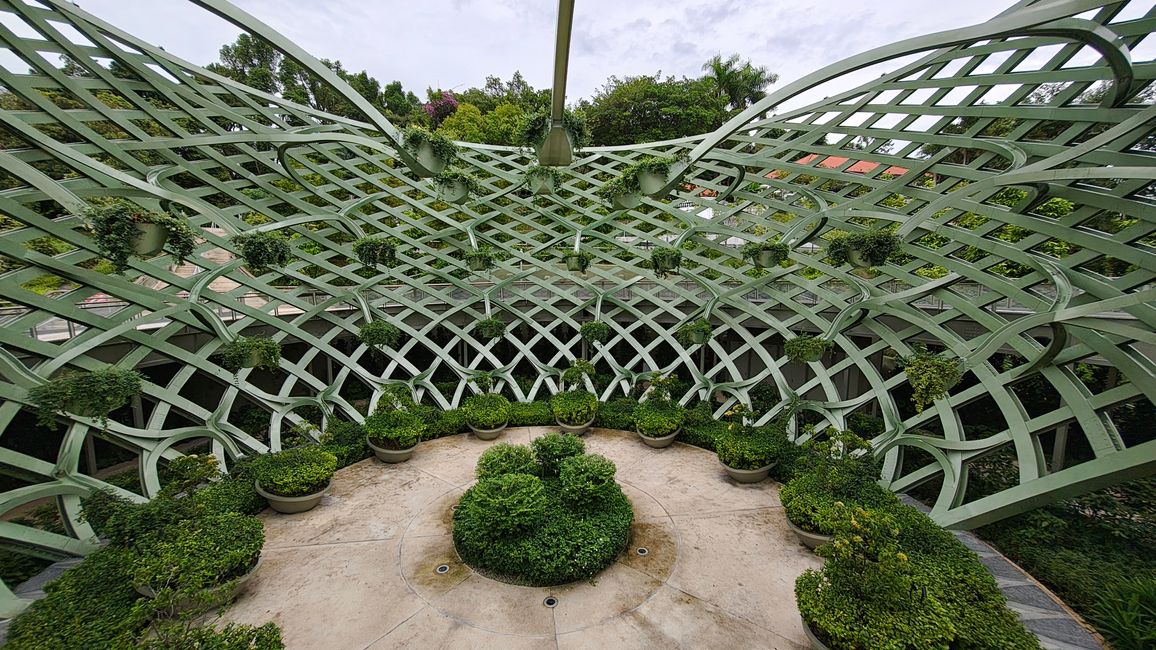
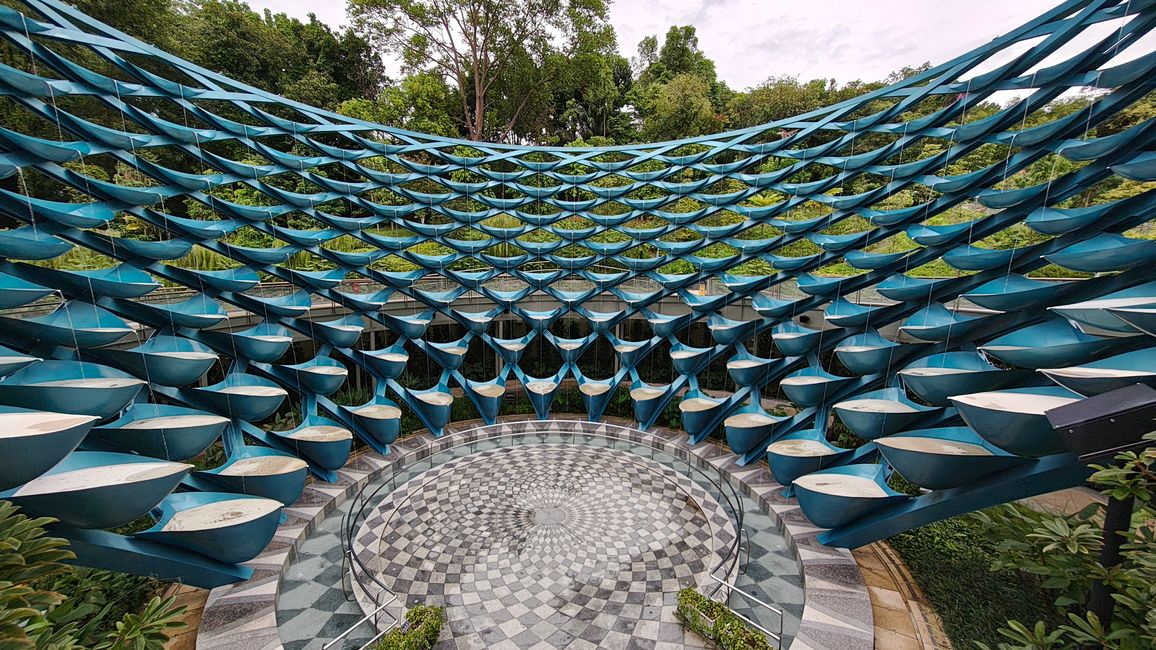

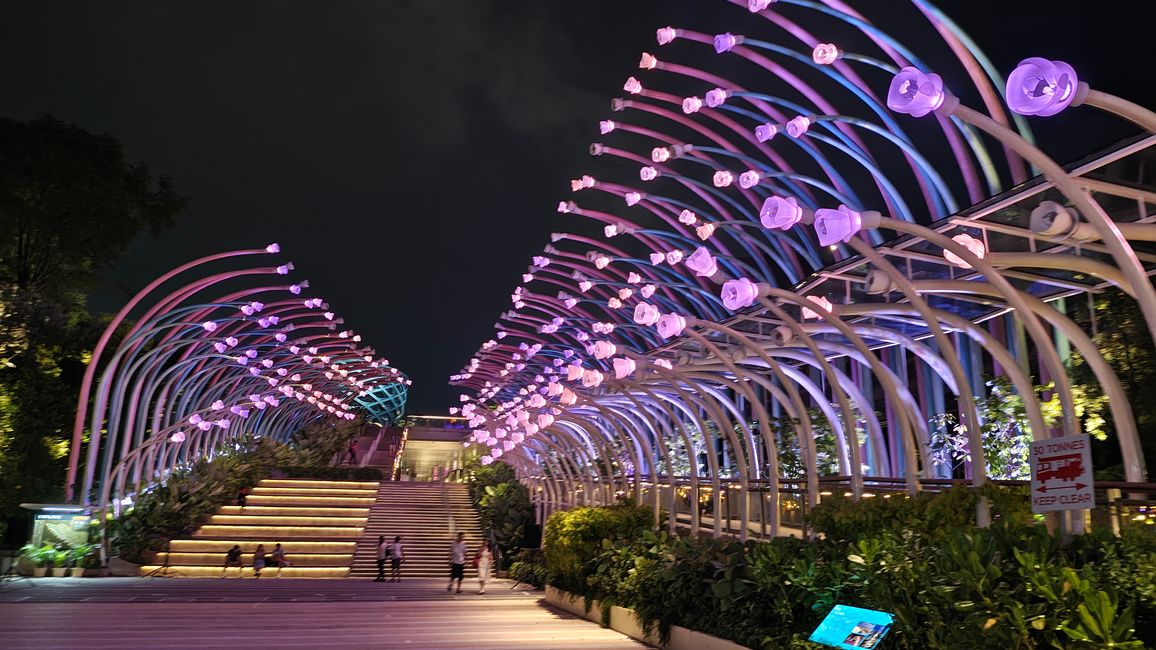
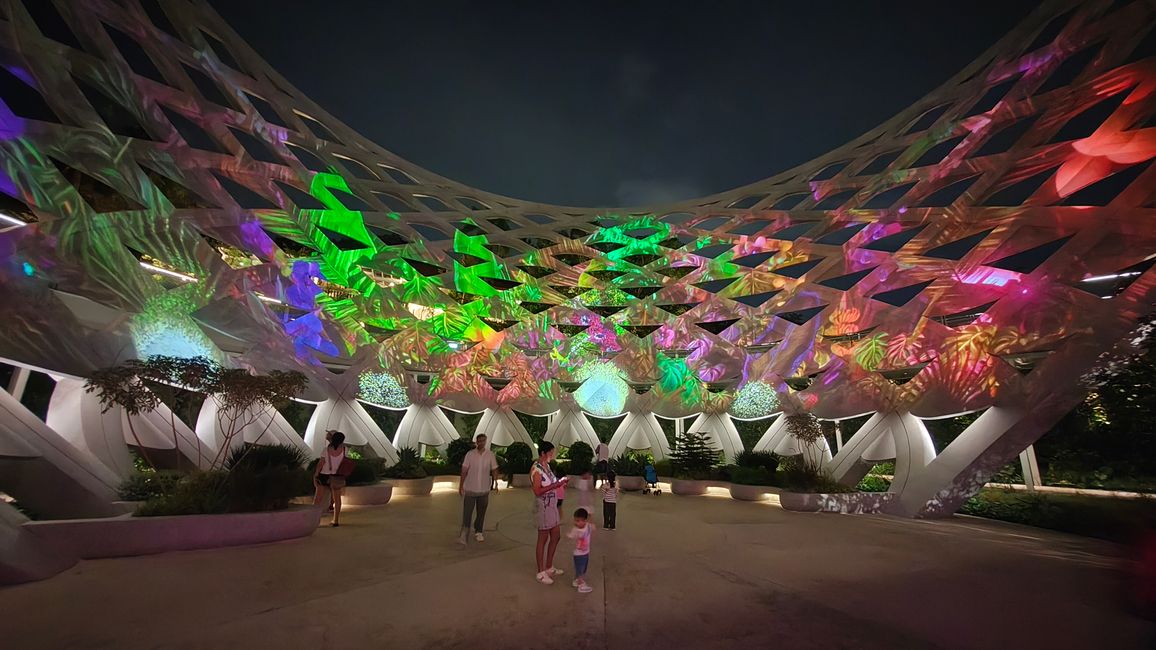
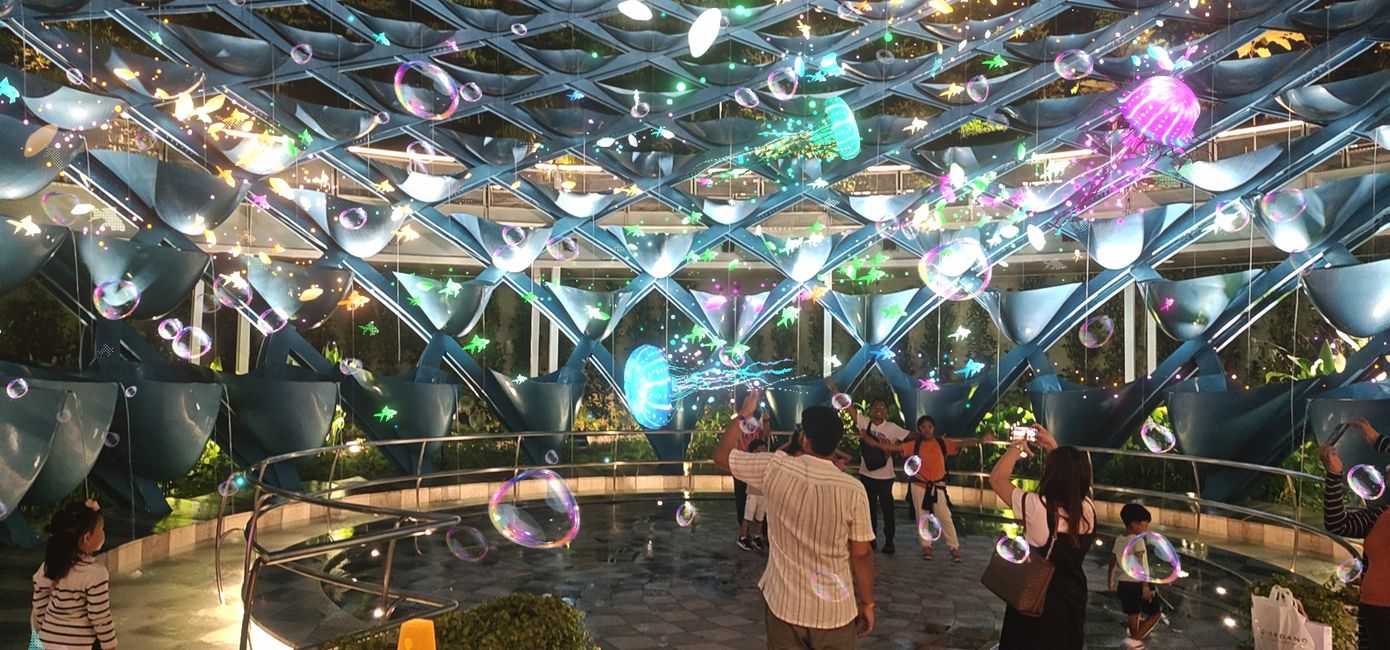
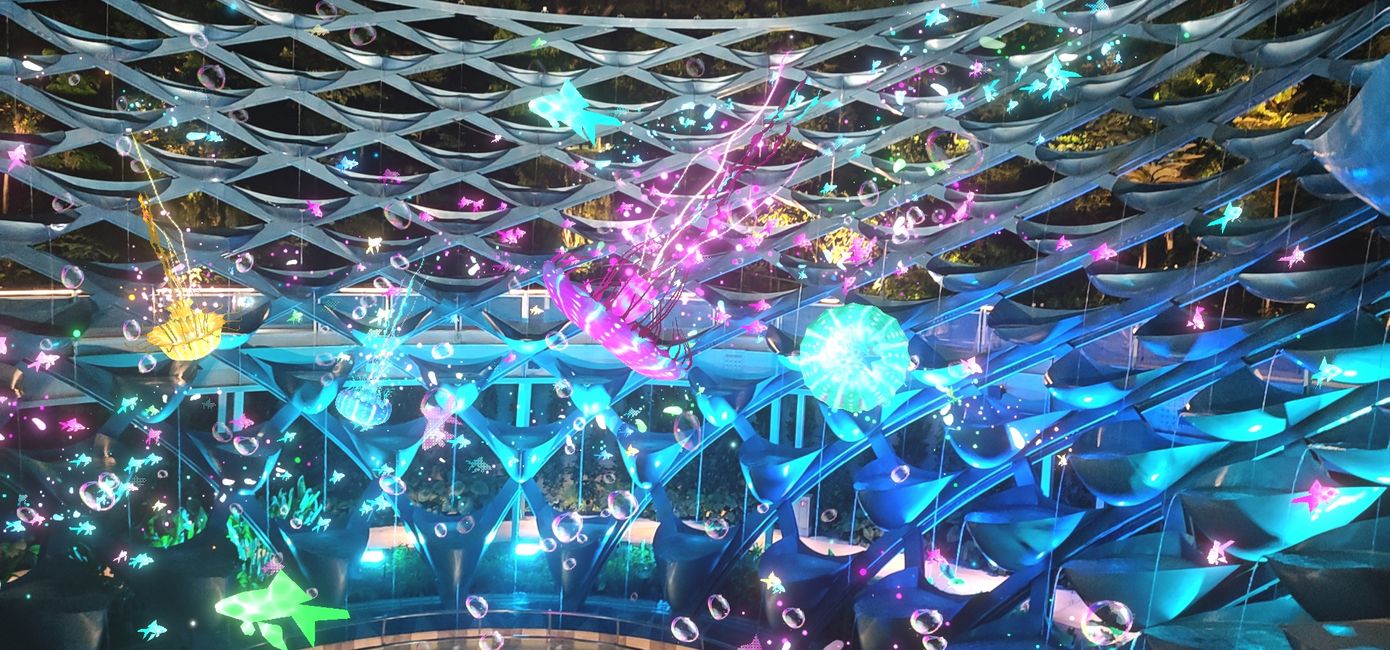
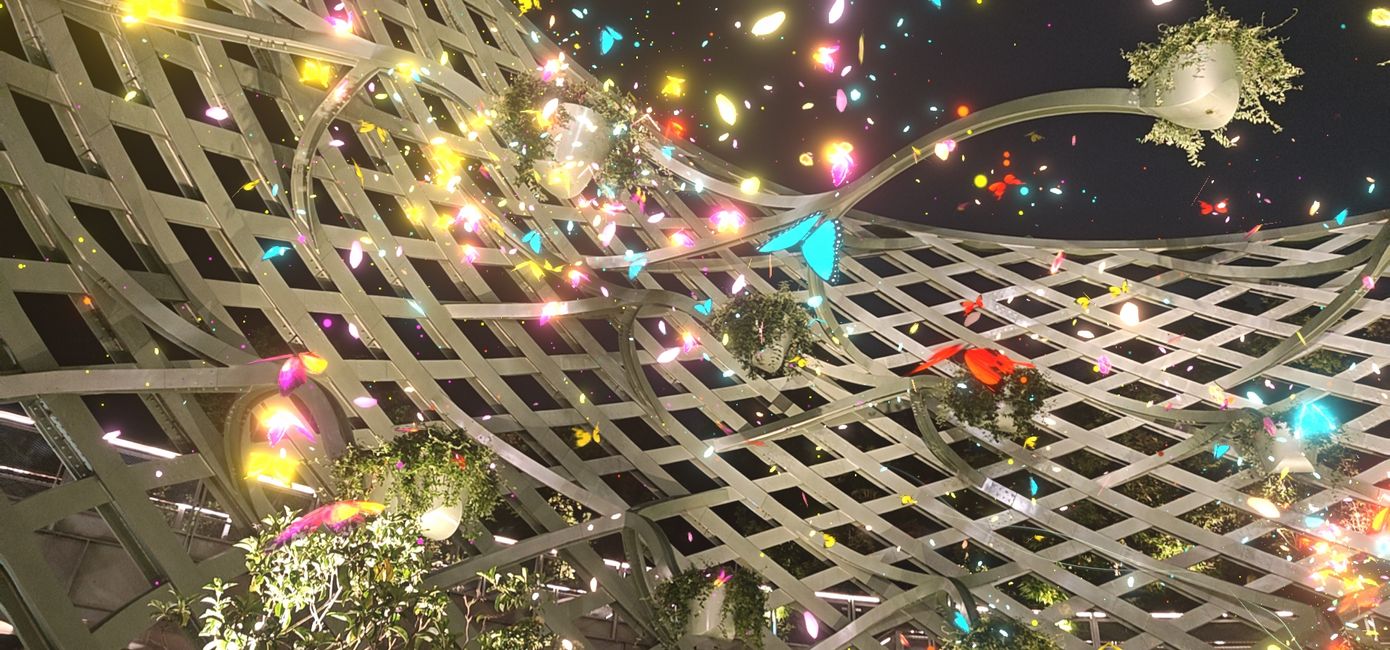

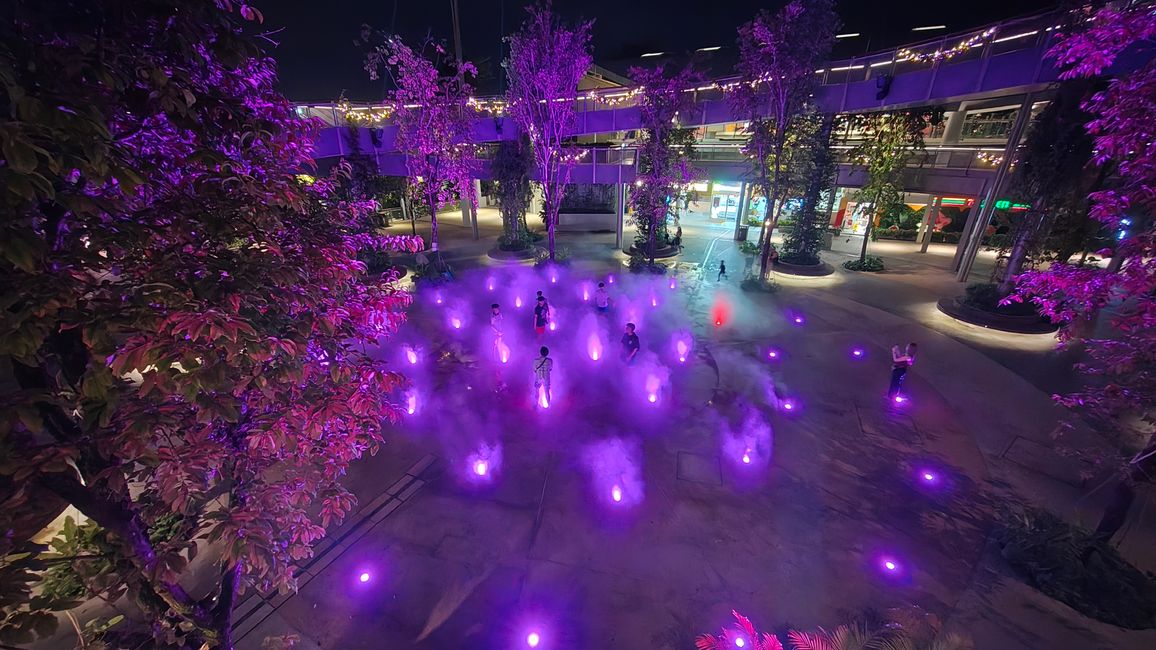
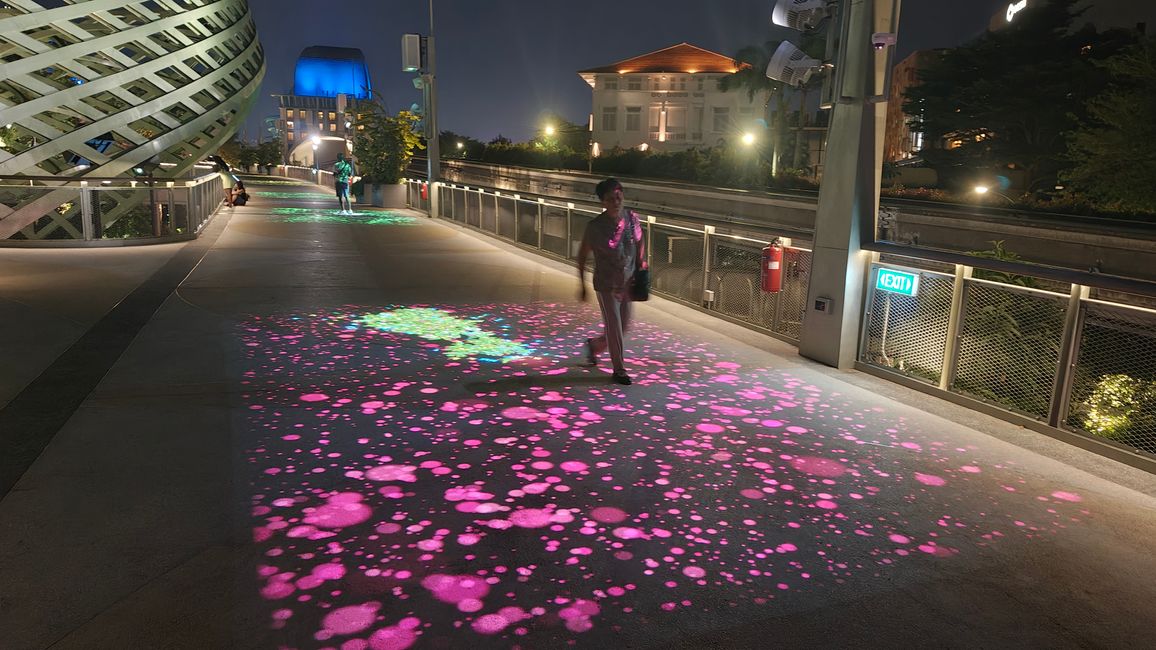
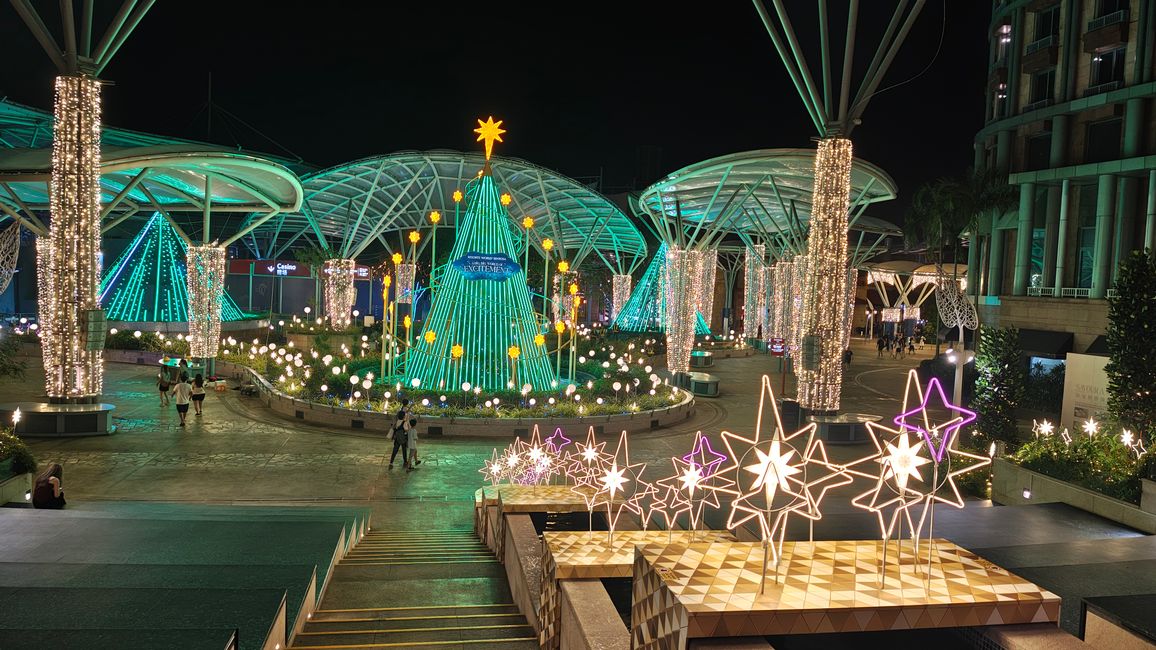
Originally a military base, Sentosa Island was transformed into a tourism hotspot with hotels and recreational facilities in the 1970s. Old military facilities now serve as a museum (see my earlier Instagram post: Fort Sentosa), there is a large aquarium, beaches for bathing, golf courses, and Universal Studios has built a large amusement park. The former monorail has been replaced (see my earlier Instagram post: Monorail) and the gigantic Merlion, the tourism mascot of Singapore, has been dismantled and the area redesigned into a Sensoryscape. This is a round area with water fountains, three circular sensory spots (which look like large drums), and a staircase with artistic lamps. These spots can be accessed via a lower path and then a higher path above. During my last visit to Sentosa, I had to navigate around this large construction site, but the Sensoryscape was opened this year. The previews and YouTube videos looked promising, so I might arrive with overly high expectations. We walk along the facility in gloomy weather, and the large gray sensory drums seem bare, the plants are too small, and the pink-purple lamp installation at the end is not really beautiful. A huge disappointment for me. My wife felt similarly, as she also found the previously existing path in this area with decorations in the Hundertwasser style and a long dragon much more colorful and interesting. I let the others enjoy the beach outing, as I'm not a 'beach fan' and prefer to sit on a bench. Upon my return with 'my' adventurers in the evening and as darkness falls, we turn back to the Sensoryscape. This now comes to life. The lamp installation looks impressive at night, music is played in the sensory drums, and impactful video projections are shown. The highlight is an app that complements the video projections using augmented reality (AR). I install the app and use my smartphone to look around, where jellyfish and fish swim among the people, and in another sensory drum, colorful butterflies fly around. In the third station, I can use installed sensors to summon rare animal species onto the video wall by swiping between the plants. The round area is illuminated by water fountains, laser beams form a pyramid, and we walk along the double loop walkway. Children frolic in the water fountains, which surely delights the parents when their kids return soaked. Now we walk along the Sensoryscape again, but this time on the higher path. Here too, I can see the fish, jellyfish, and butterflies swimming and flying using the AR app, but only further below. The special feature of the elevated path is rather that video color surfaces are projected onto the path, and camera sensors detect my steps, causing flowers and leaves to be depicted under my feet. It feels as if I'm walking through a bed of leaves, revealing the underlying plants that have been disturbed by my feet. Further back, the same applies with a water surface, essentially a light puddle. Even though unfortunately no more colorful ambiance was chosen for daytime visitors, the Sensoryscape is indeed fun now in the dark.
Menjawab
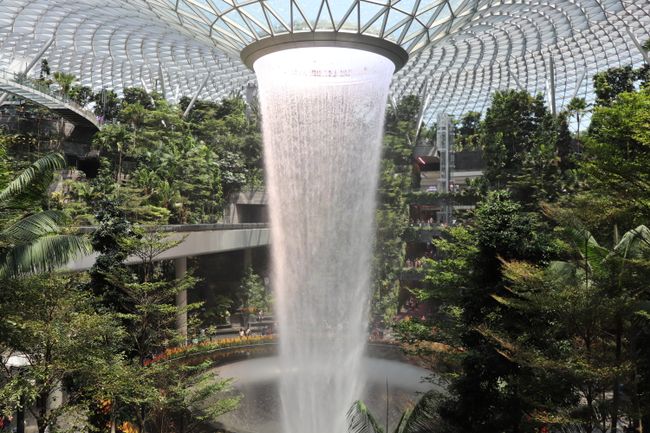
Laporan perjalanan Singapura
